Heritage
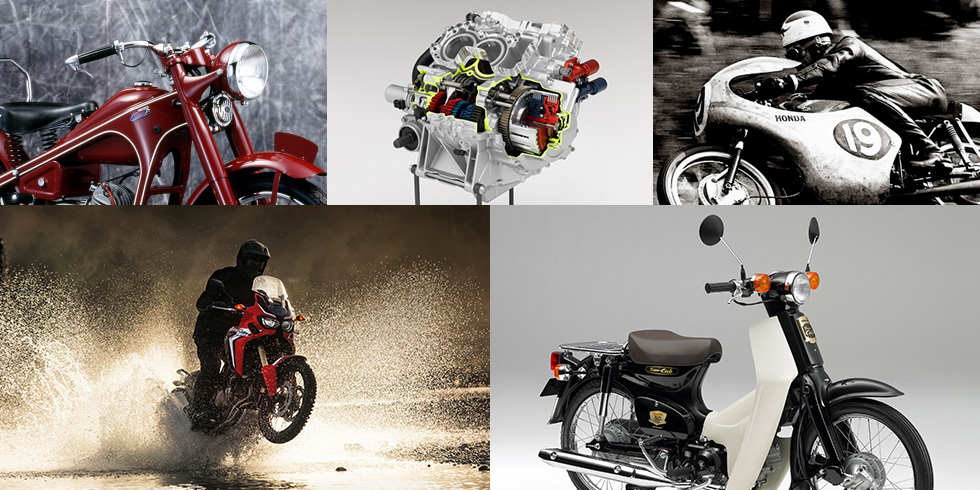
40s & 50s
1949
First mass production of motorcycle begins
Honda's first full-fledged motorcycle, the beautiful maroon colored Dream D-type debuted with an air-cooled 98cc 2-cycle single-cylinder engine. It was produced at the Noguchi plant in Hamamtsu-city, Shizuoka.
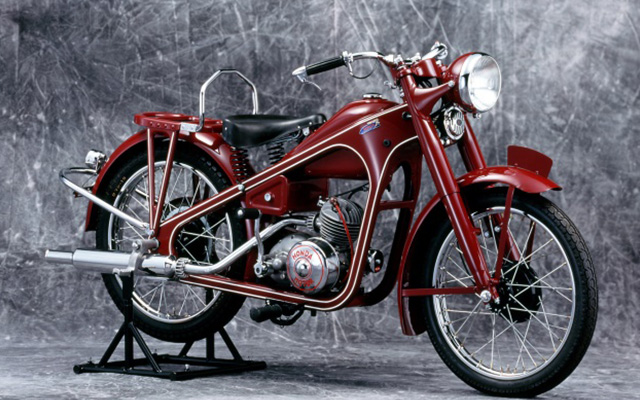
1952
Motorcycle export begins
Honda's overseas expansion began in 1952 when the Cub Type F motorcycle was first exported to Taiwan, followed by the Dream to Okinawa and the Philippines in the same year, and the Juno to the United States on a trial basis in 1954.
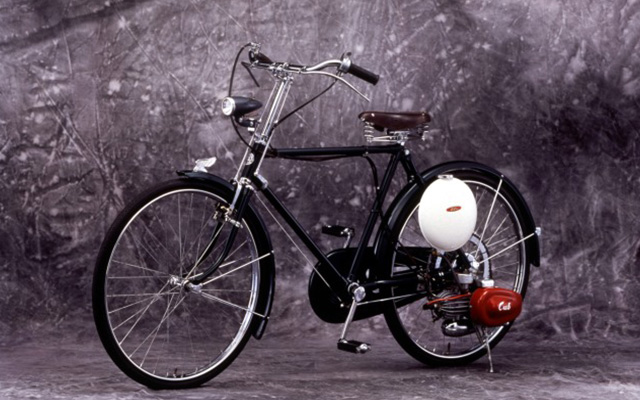
1954
First entry into overseas race
The first overseas race challenged by a Japanese rider on a Japanese motorcycle was the São Paulo City fourth centennial celebration international motor race. Mikio Omura (No. 136) rode hard to finish thirteenth.
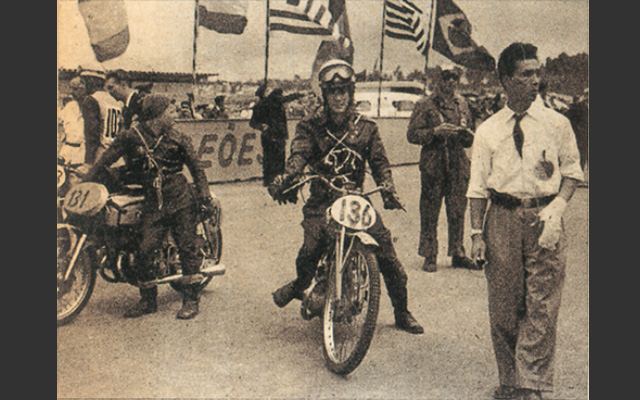
1954
First Scooter Juno K-type is introduced
The Juno K-type was the most advanced scooter at the time, taking advantage of its many innovations: it had the world’s first self-starter for a motorcycle, and a large, all-weather windscreen which was further equipped with turn-signals, another first.
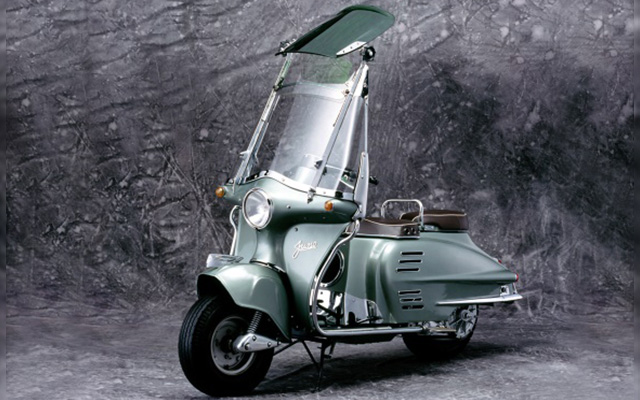
1958
Supercub C100 is introduced
The Honda Super Cub C100 was equipped with an innovative and high-performance 50cc 4-stroke engine, creative and unique designs including the low-floor backbone, a centrifugal clutch system and a large plastic leg shield. The basic design and concept of the first generation remained virtually unchanged and passed on to current models.

1959
First entry in the Isle of Man TT Race
The 1959 Isle of Man TT witnessed the first entry from a Japanese team in the World GP series, the four 125cc Hondas. This first challenge resulted in Honda claiming 6th, 7th, 8th and 11th in the 125cc light weight class, as well as the Manufacturers' Team Award.
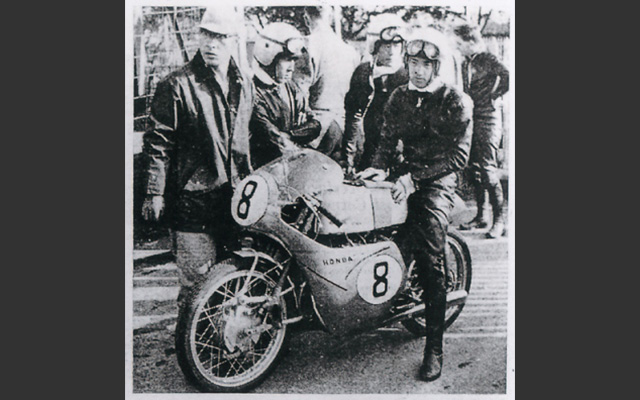
60s
1961
First win at World Grand Prix
Honda competed in the 1961 season with refined machines (RC162 in the 250cc class) . In the season-opening Spanish Grand Prix, Tom Phillis rode his 125cc RC143 - last year’s model - to Honda’s first victory and won the riders' and constructors' titles in both the 125cc and 250cc classes.
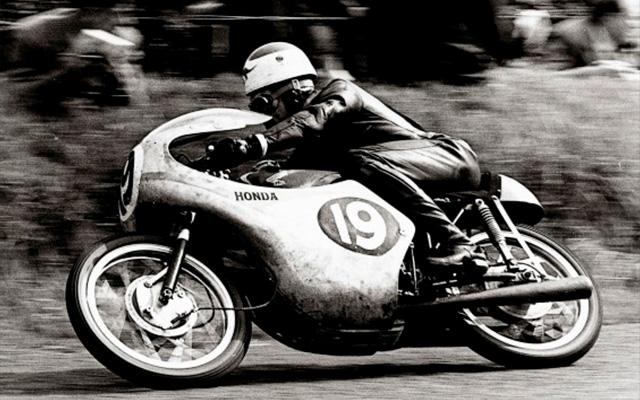
1963
First overseas production of motorcycles begins
Honda established Belgium Honda Motor, and started producing its very first Super Cub (C100) becoming the first Japanese manufacturer to start production operations in an EEC country. It later developed and produced the C310 moped for the European market.
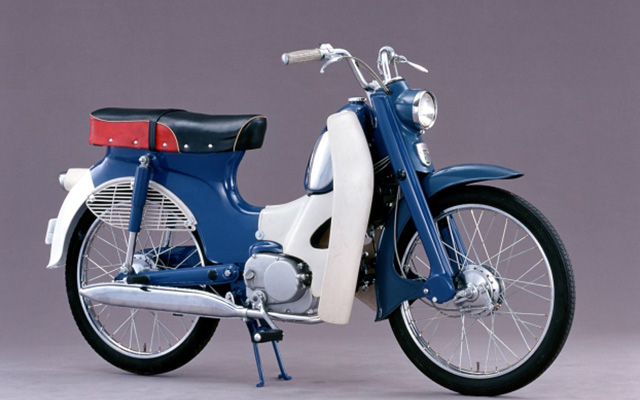
1969
Dream CB750 Four is introduced
CB750 Four is the world’s first 4-cylinder 4-cab 4-muffler bike. Its highly rigid double cradle frame realized outstanding ride stability and highly reliable hydraulic disc brakes which were a world's first for a motorcycle. Its ergonomically designed handlebar and seat, and vibration-suppressing chassis ensured excellent ride feel and comfort.
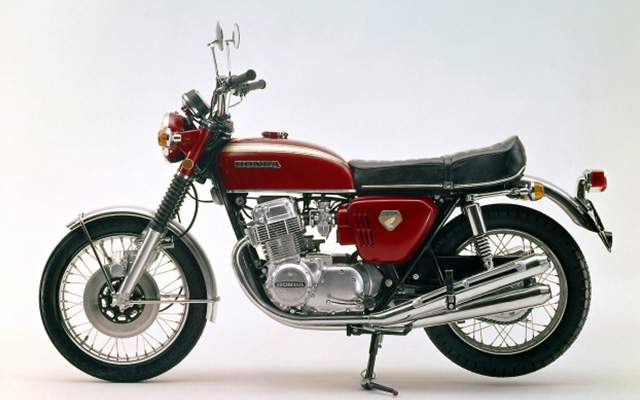
70s
1973
Independent motorcycle R&D is established
In June 1957, the R&D Center was launched as an entity with that ran a system that was identifiably separate from the Head Office and factories. Independence came to the Motorcycle Research and Development Division in November 1973, at which it was renamed the Asaka R&D Center.
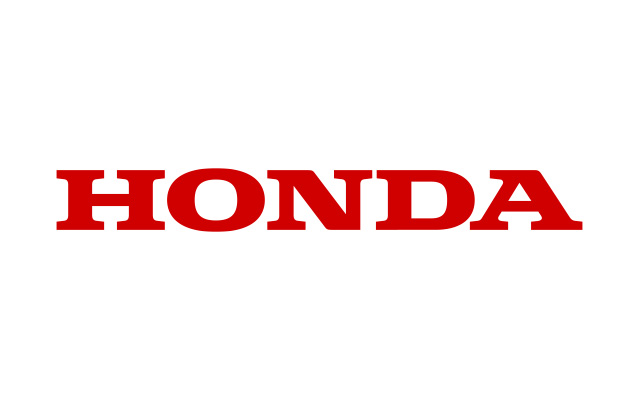
1973
First production motocross model is introduced
The air-cooled 2-cycle 250cc Elsinore CR250M was Honda’s first commercial motocross bike based on the RC250M, which had competed in the 1972 All Japan Motocross Championship. In 1973, Honda released its first 2-cycle on/off-road bike, the Elsinore MT250, based on the CR250M equipped with safety features.
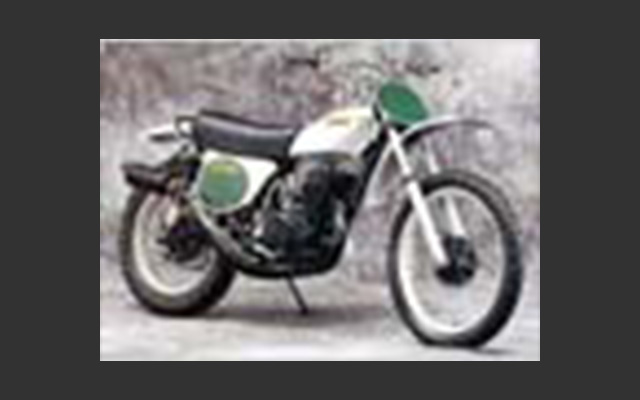
1974
Goldwing is introduced
Forced to develop a more appealing sport bike with a larger engine, Honda launched its 999 cc Gold Wing GL1000, the King of Motorcycles in the American market. It was initially imported from Japan, but as demand grew, production was moved to Honda of America Manufacturing (HAM) in 1980.
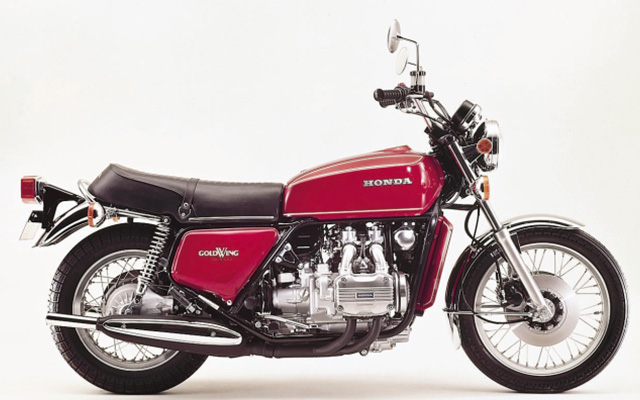
1979
Nigerian subsidiary is established
Positioning Africa as a new growth market, Honda has been strengthening its sales in this region through local Honda subsidiaries. In western Africa, Honda established a motorcycle production subsidiary in Nigeria in 1979.

1979
First Motocross World Championship victory
Honda's entry in the championship in 1975 was the latest of all of the Japanese manufacturers. Honda continued to improve its technologies through competition, leading to its first championship in 1979, in the 500cc class ridden by Graham Noyce. This laid the foundations for Honda to dominate the Motocross World Championship.
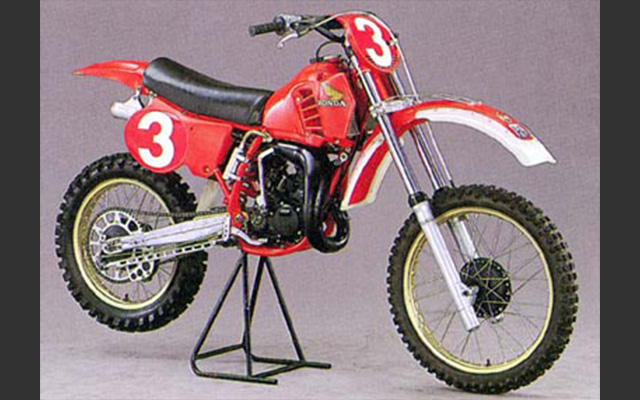
80s
1981
Alcohol-fueled motorcycle is introduced in Brazil
As a part of its program to expand production bases overseas, Honda developed alcohol-fueled vehicles unique to Brazil produced at Honda Motor Do Brazil. The CG125 Titan debuted to satisfy the local preferences.
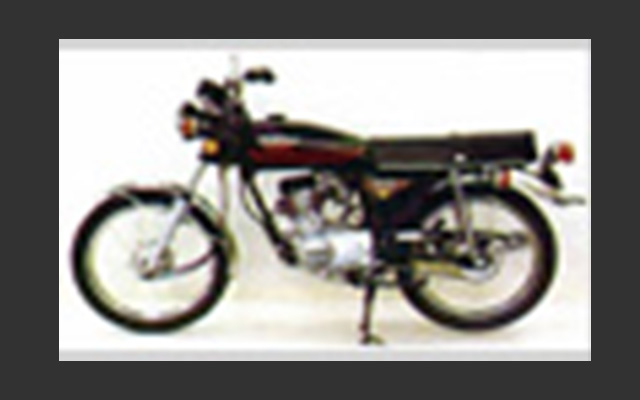
1982
First Paris-Dakar Rally victory
Honda made its first appearance in the third Paris-Dakar Rally, held in 1981 with the XR500R. Although it finished in 6th place that year, Honda achieved four consecutive victories from the next year, 1982.
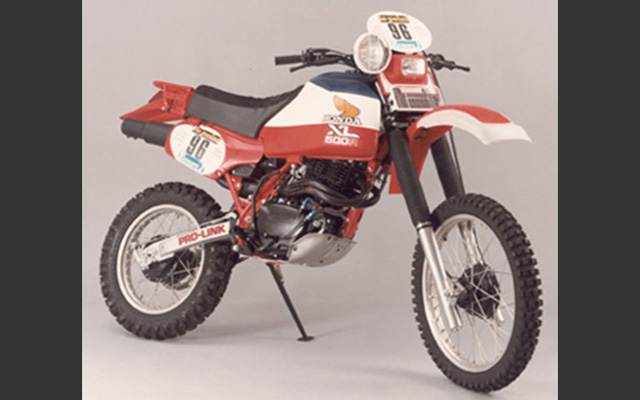
1982
First adoption of electronic fuel injection for a motorcycle
The CX500 Turbo was the first Honda motorcycle to be sold with fuel injection. Since then, fuel injection has been available on a wide range of motorcycles, from large-displacement 1800cc bikes down to 4-stroke, 50cc engines which was introduced as a world's first in 2003.
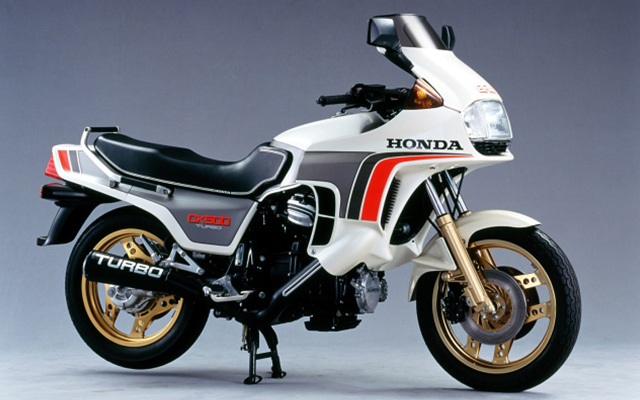
1982
First World Trials Championship victory
In September 1974, Honda began development of the factory 4-stroke RTL machine to win the world championship. The machine development progressed, and in 1982, Eddy Lejeune gave Honda its first of three consecutive championships. Honda also won the manufacturers title 5 times during this period.
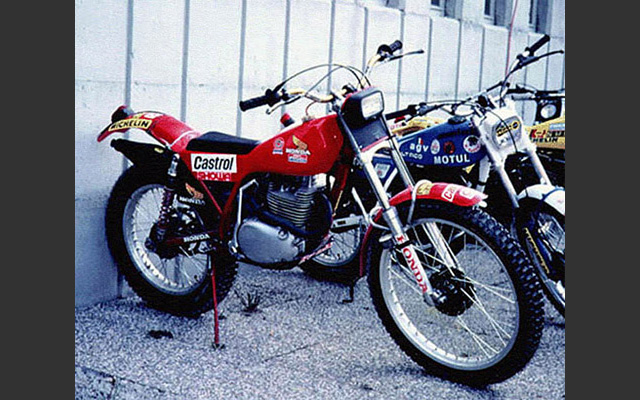
1987
Cumulative motorcycle production reaches 50 million units
First as a motorcycle manufacturer, Honda reached the 50 million-unit milestone in cumulative global motorcycle production, one-third of which was the Super Cub.
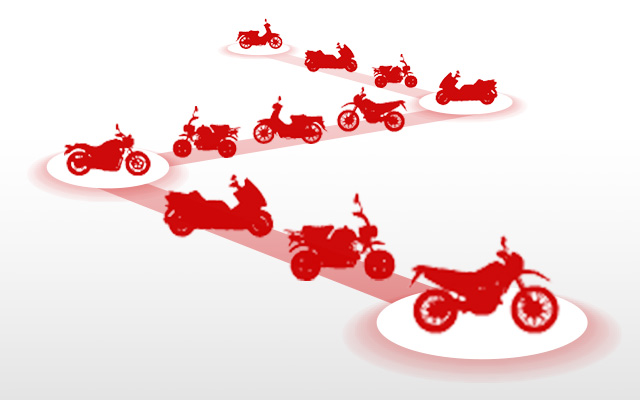
90s
1992
CB900RR (Fireblade) is introduced
Featuring the same light weight and compact proportions common to bikes in the 600cc class, the CBR900RR combines the kind of powerful performance that only a large-bore engine could provide with nimble everyday rideability, making it the ultimate Super Sports machine offering truly exhilarating riding.
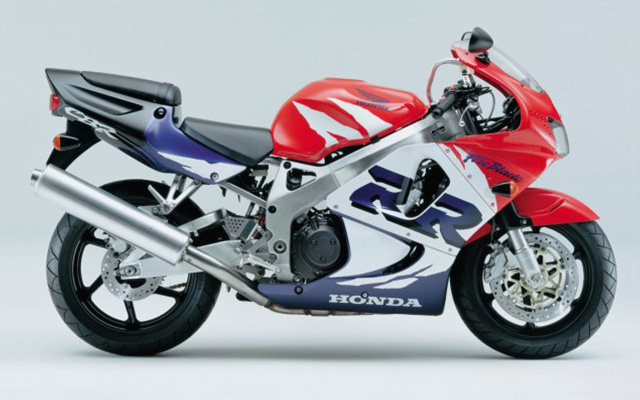
1994
Electric scooter is introduced
Honda has long been conducting research into the development of next-generation power sources that reduce noxious emissions and help slow global warming. In 1994, Honda developed the CUV ES, an electric scooter leased to government institutions. In 2004, Moped-EV is designed to offer quiet, clean riding both for commuting and recreational use.

1997
Cumulative motorcycle production reaches 100 million units
In 1961, Honda began knockdown production in Taiwan. In 1963, Honda forayed into the European market by commencing moped production in Belgium. Since then, Honda expanded its production bases worldwide, and by 1997, was producing vehicles at 32 bases in 27 countries.

1998
First adoption of PGM-FI to a motorcycle
The high-performance engine of VFR800FI was modified to include an exhaust gas purification system, which consists of an electronically controlled fuel-injection system (PGM-FI), newly developed by Honda exclusively for motorcycles, together with an exhaust air-injection system.
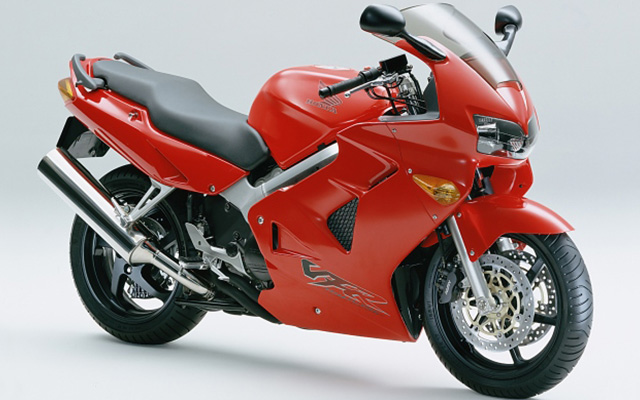
2000s
2005
First introduction of motorcycle airbag system
Honda announced the world's first production motorcycle airbag system in 2005, comprised of an airbag module including the airbag and the inflator; crash sensors to monitor acceleration changes, and an ECU to calculate and instantly determine when a collision is occurring.
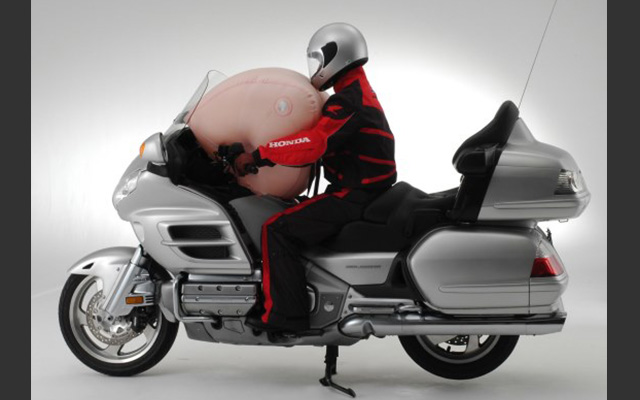
2008
First introduction of combined ABS
Honda announced world's first electronically-controlled “Combined ABS” for super sport bikes.The system consists of an electronically controlled combined “brake by wire” system, with an innovative stroke simulator. Direct motor control ensured precise operation of the ABS.
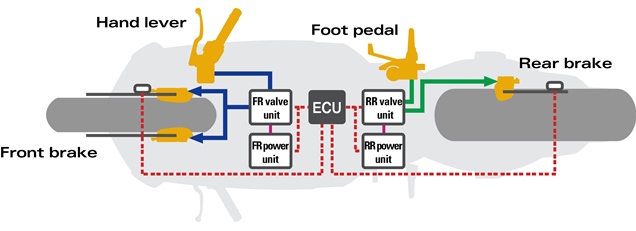
2008
Cumulative motorcycle production reaches 200 million units
In 2008, Honda was producing motorcycles at 32 plants in 22 countries around the world and had established local motorcycle R&D operations in the U.S., Germany, Italy, Thailand, China, and India, dedicating its effort to develop motorcycles that meet the needs of local customers.

2009
Flexible-fuel techonology is introduced
In Brazil, penetration of flexible-fuel technology was well advanced, and approximately 90% (as of 2009) of new automobiles sold locally were equipped with flexible-fuel technology. CG150 TITAN MIX was the first motorcycle model to be equipped with flexible-fuel technology.
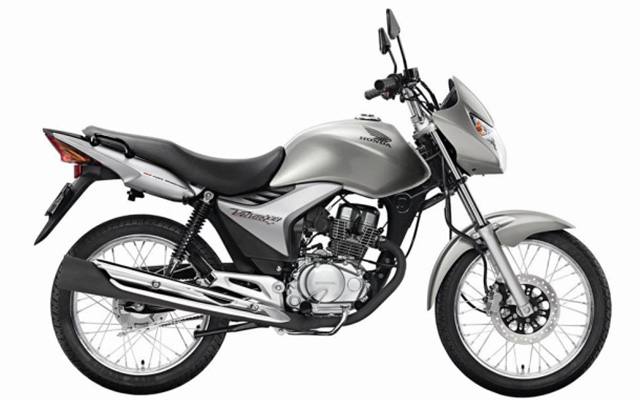
2009
Motorcycle Dual Clutch Transmission is introduced
Honda developed the world's first Dual Clutch Transmission for motorcycles, equipped on the VFR1200F in 2009. In 2011, the unit was lighter and more compact, and the capability to learn and detect various riding environments was added. In 2015, off-road functionality enhanced by the G switch was added.

2010s
2013
Honda Motorcycle Kenya Limited is estblished
Honda Motorcycle Kenya Limited was established as a Honda's third subsidiary in Africa, following South Africa and Nigeria, and its plant became Honda's second in Africa.

2014
Cumulative motorcycle production reaches 300 million units
Having grown into a brand loved by many customers around the world, Honda was (as of November 2014) producing motorcycles at 33 plants in 22 countries.

2014
RC213V-S is introduced
The RC213V-S inherited the specifications of the RC213V to thoroughly ensure mass-concentration and reduced friction, as well as inheriting all key aspects in manufacturing, involving light weight and precise machining of components, and superior expertise required in manufacturing.
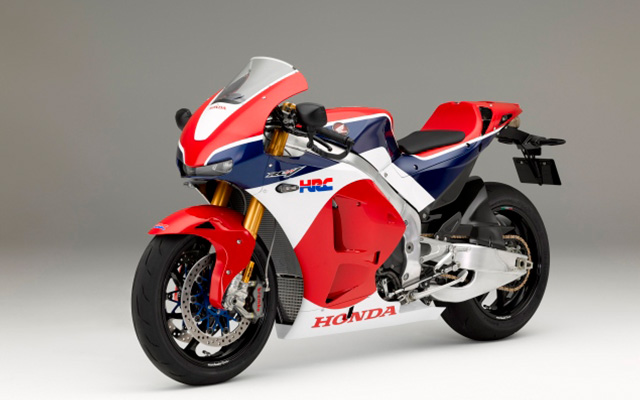
2015
Honda reaches 700 WGP wins
Beginning with its first world grand prix race in 1961, at the hands of Australian rider Tom Phillis on his Honda RC143 in the 125cc class at the season-opening Spanish Grand Prix, Honda had achieved an unprecedented 700 grand prix wins including Moto2 and Moto3 classes (excluding Moto2 since 2010 and Moto3 in 2012.)
